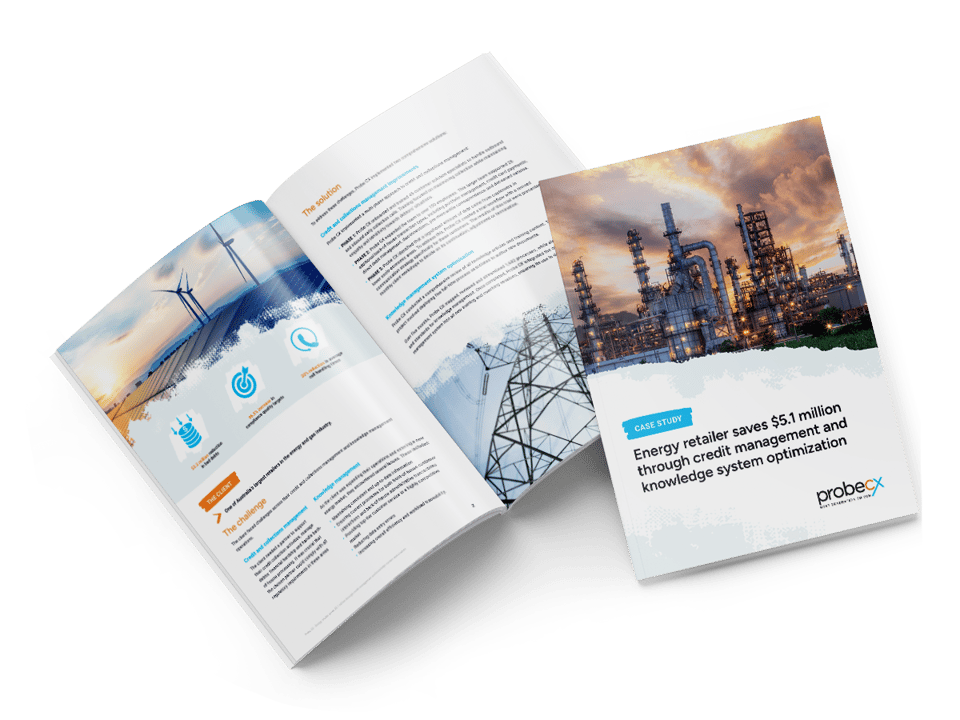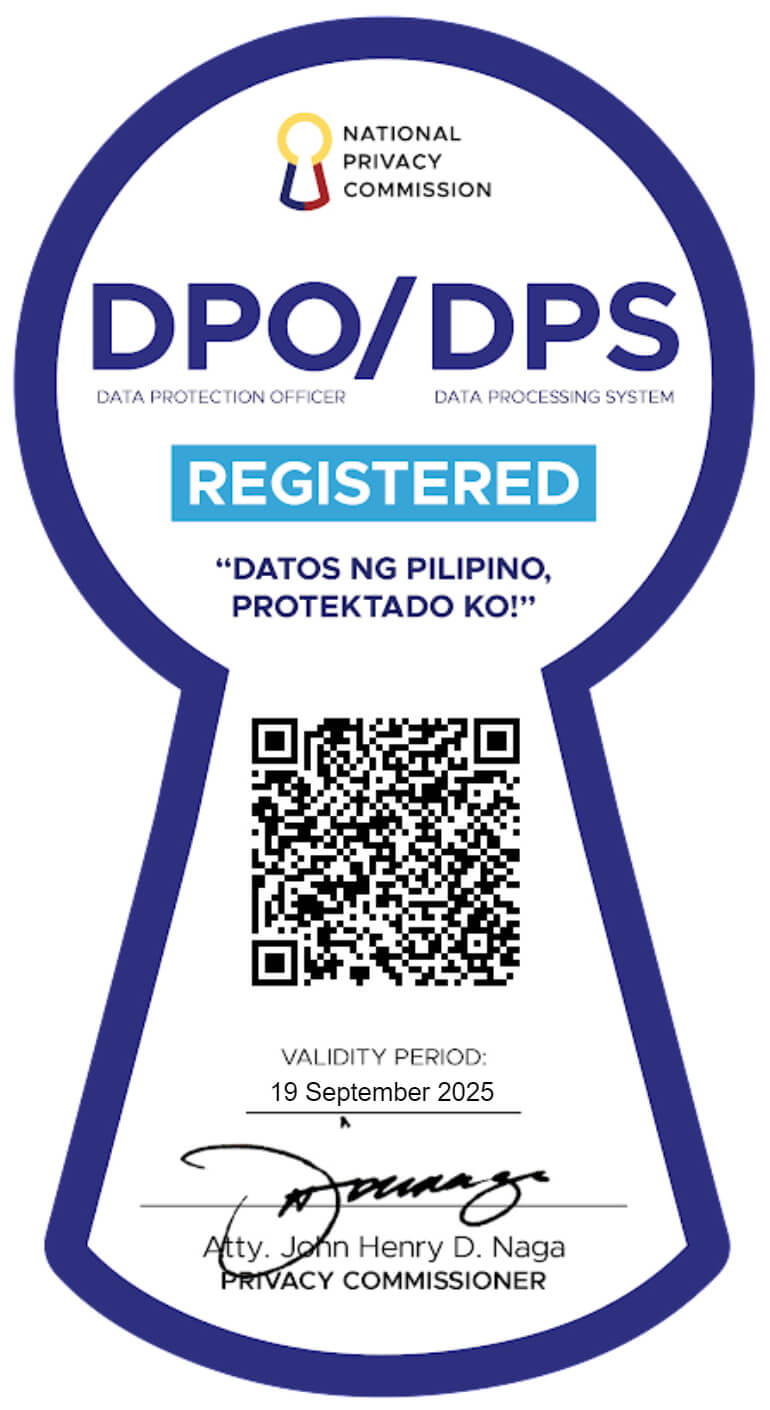The utilities industry is under pressure
The utilities industry confronts a range of complex challenges, including aging infrastructure, consumer affordability concerns and fluctuations in wholesale pricing. Price competitiveness and the growing shift toward solar energy adoption challenges are compounded by tight profit margins and high customer turnover due to a cost of living crisis. Effective data analytics is pivotal in this high-stakes environment, enabling informed decision-making.
Client success story

Becoming more resilient and adaptable
To ensure resilience and adaptability, the industry must proactively invest in modernizing infrastructure, embracing sustainable energy practices, enhancing cybersecurity measures and fostering innovation.
Investment in infrastructure modernization
To overcome the challenges posed by aging infrastructure and fluctuations in wholesale pricing, utilities companies must prioritize infrastructure modernization. This includes upgrading and maintaining power generation and distribution systems to improve reliability and efficiency. Modernization efforts should also focus on incorporating smart grid technologies and advanced monitoring systems to optimize operations and reduce maintenance costs.Embrace sustainable energy practices
With the growing shift toward solar energy adoption and increasing environmental concerns, utilities companies should proactively transition to cleaner and more sustainable energy sources. This involves reducing reliance on coal-fired power plants and investing in renewable energy technologies such as solar, wind and hydroelectric power. By embracing sustainable energy practices, companies can meet consumer demand for greener energy options while aligning with evolving regulatory requirements.
Enhance data analytics and cybersecurity
Utilities companies should leverage data analytics to optimize pricing strategies, improve customer retention and enhance operational efficiency. Enhancing cybersecurity measures is critical to protect infrastructure from cyber threats and ensure the reliability and security of energy systems. This includes robust cybersecurity protocols, regular vulnerability assessments and employee training to mitigate risks.
Related resources

Energy retailer saves $5.1 million with CX optimization
A leading energy and gas industry retailer required support with credit ...
Continue reading
Types of AI agents, their benefits and examples
Dive into the world of AI agents, exploring their types, benefits, and ...
Continue reading
Five member engagement strategies for any business
Transform your members into passionate advocates. Discover actionable strategies to elevate member engagement and achieve organisational success.
Continue reading
